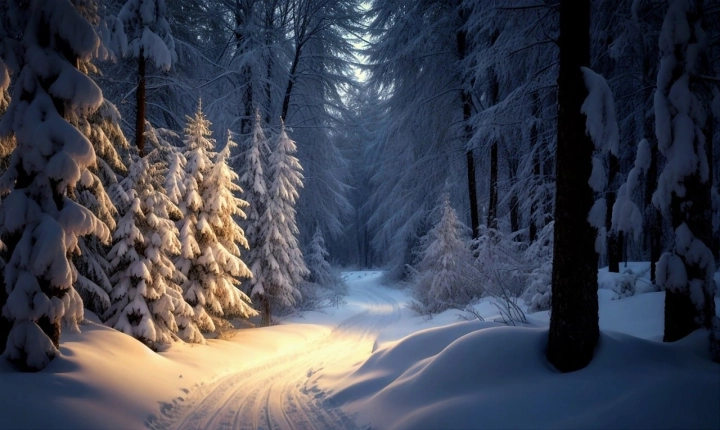Artificial intelligence (AI) has become a revolutionary force in the art world, challenging traditional notions of creativity and providing new opportunities for artistic expression. With the ability to process and analyze vast amounts of data, AI has the potential to generate original artworks, music, and literature, and even to collaborate with human artists in unique and innovative ways. So, how exactly does AI make art?
One of the ways in which AI creates art is through the use of generative algorithms. These algorithms are designed to produce original pieces of art based on a set of predefined parameters. For example, a generative adversarial network (GAN) can be trained on a dataset of artwork and then generate new artworks based on the patterns it has learned. This process allows AI to produce art that is both surprising and novel, as it is not limited by the constraints of human imagination and experience.
Furthermore, AI can analyze existing artworks and music and then produce new works that are inspired by these sources. This process is known as style transfer, where AI can take the characteristics of one piece of art and apply them to another, resulting in a unique and original creation. This capability allows artists and designers to explore new possibilities and push the boundaries of traditional artistic forms.
AI is also being used to augment the creative process for human artists. For example, AI can assist with the generation of preliminary sketches, color palettes, and design templates, providing artists with new sources of inspiration and reducing the time and effort required to create complex pieces of art. This collaborative approach between AI and human artists has the potential to redefine how art is conceptualized and produced, leading to a fusion of human creativity and machine learning.
Moreover, AI has the ability to analyze large datasets of visual, audio, and textual information to identify patterns and trends that may not be immediately apparent to human observers. This capability can be harnessed to create art that reflects these underlying structures and relationships, providing new insights and perspectives on the world around us. For example, AI can analyze natural language processing to generate poetry or prose, or analyze images to create abstract visual art, challenging our understanding of what it means to be a creative being.
While the role of AI in art has sparked debate and controversy within the art community, there is no denying the transformative power that AI has brought to the creative process. From generating original artworks to assisting human artists in their creative endeavors, AI has opened up new possibilities and pushed the boundaries of what is considered art. As technology continues to advance, it is likely that AI will become an increasingly integral part of the art world, reshaping our understanding of artistic expression and the creative process.
